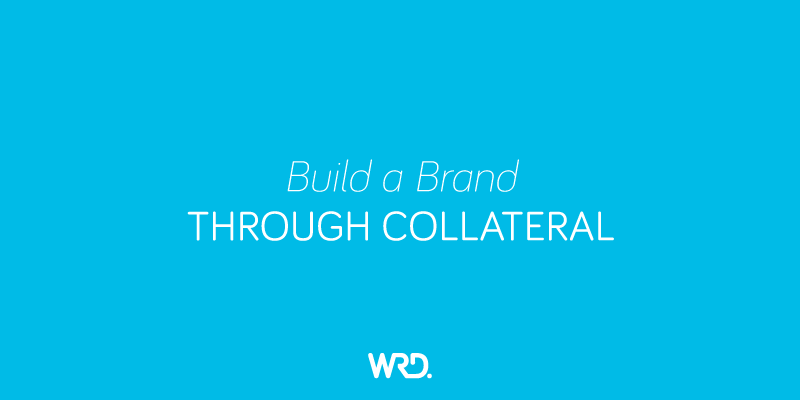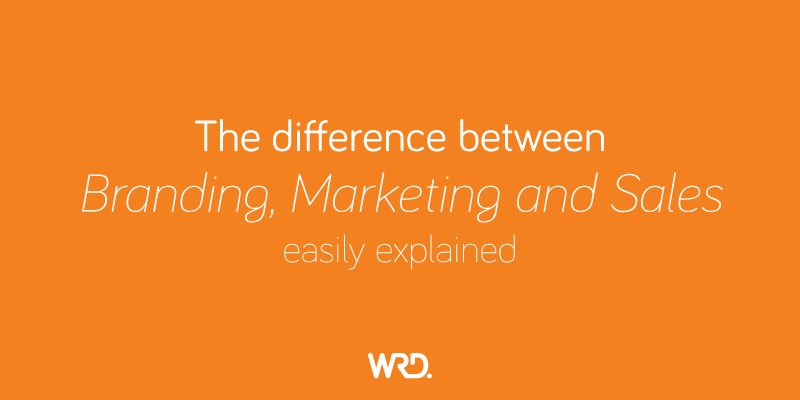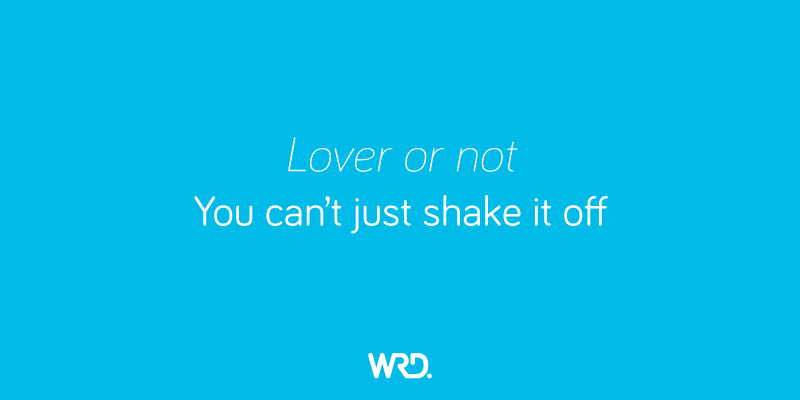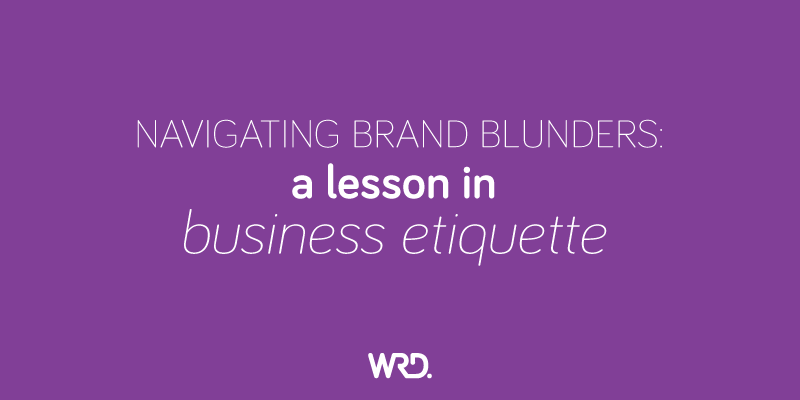Branding is a multi-facetted discipline. We’ve already discussed the importance of a logo in branding as well as how to write a brand story. Now we need to talk collateral. So what exactly is collateral?
Collateral usually refers to the collection of printed promotional material that ranges from business stationery, brochures, annual reports and adverts through to your direct mail, newsletters and signage to name a few. With the inclusion of so much web activity in businesses these days, collateral is also extending to your digital footprint which includes website, social media, e-newsletters, content marketing (blogging) and search engine marketing (SEM). We may see this as a necessary evil of running a business, but from a brand strategy point of view this is an amazing opportunity to help build brand recognition.
5 Ways to use collateral in your branding
1. First impressions
The reality is that most of us have business cards that we hand out to prospective clients or at networking events. I network a lot and have had some fabulous and some not-so-fabulous business cards thrust into my hands. This one little piece of first impression collateral can make the difference between someone deciding to use your business or not.
My pet hate is when I’m told “sorry my cards are currently at the printer”. It’s just an excuse for not having any, and tells me that the ‘bearer of no business cards’ is disorganised and not aware of how their brand is being portrayed.
The next most damaging way of presenting your brand is through VistaPrint business cards. Yes, I know that they are free, but they are cheap for a reason – and they scream ‘cheap’ to us poor recipients! These ‘free’ cards are based on template designs that ANYONE can use. They are not unique, do not related to your brand, and just because you slap your logo on it, does not mean that it represents your brand! These cheap business cards can cost you dearly in bad brand representation.
Business cards that are designed with your brand in mind will tell a story. The stock that they are printed on, do they have a finish, is there embossing, foiling, die cutting? All of these little elements tell a story about the brand and how well it has been crafted.
A number of years ago I met an eyebrow artist – yip, there is such a person! That’s all she does – shape eyebrows, and apparently it is quite an art. Her business card had her details printed on the one side with a mirror on the other. So clever and very relevant!
Your business card is the one piece of your business that people can take away with them. Most business have a business card filing system, and most people remember a card by their colour or shape. So, if this is your first impression, do you really think that a zero dollar purchase price is the image you want to be showing?
2. Story telling
Having the right collateral for your business tells the client a story. If for example you build custom, architecturally designed homes, yet your promotional material is a DL brochure printed in-house on your ink jet printer and badly folded, the story that the client will ‘read’ about your brand is far from the impression you want to project.
Being relevant in your collateral to your brand is just as important as the execution of the brand. If you build designer homes, then it makes sense that you have beautifully designed and printed brochures. Story telling in brand these days is becoming more and more important. However, story telling is not only done through words. People can read between the lines when it comes to brand, and if there is an area of your brand that has been neglected, the savvy buyers of the 21st century will immediately pick up on it.
The corner-cutting often seems to happen at collateral level as this can be a pricy aspect of marketing, especially since online marketing has offered businesses a more cost effective and far reaching option. Think about the story that you want your clients to be left with – a tacky brochure with your iPhone images which has been poorly written, designed and printed, or a gorgeous brochure with beautiful photography, engaging copy and stylish design. The short term cost is a long term investment in your brand. So too keep in mind that if you sell $2 widgets, your brochures should not be expensive, glossy brochures as they won’t fit your brand. When you tell the correct story through your collateral, you will speak to the right people who want to use your product or service.
3. Target audience
Collateral that is tailored to your primary target audience will position your brand correctly. As mentioned above, you need to make sure that what you are selling matches the quality and standard of your collateral. Lets take restaurants for example. There are so many out there to choose from. Some are positioned as family friendly, trendy and hip, casual/cafe style dining with others catering to the top end of the market. They are all in the same industry but you wouldn’t expect them to have the same type of collateral.
A family friendly restaurant would have menus that are filled with images of their food, printed full colour, large and laminated (so that they are easy to wipe down after sticky fingers have had a good look through them). The high end restaurant menu would be far more sophisticated, very simply designed with clean lines and stylish font. They would probably be printed on a gorgeous stock and perhaps presented in a leather menu folder.
From plumbers to accountants, understanding your target audience will ensure that you get the correct collateral designed for your business. You wouldn’t find an accountant handing out fridge magnets as no one puts their accountants number on their fridge, however, the plumber’s magnet would definitely feature.
Understand who your target audience is, what problem you are solving for them, and then design your collateral around that.
4. Sales
Now that you know who your target audience is, you’ve got some great brochures that tell the correct story about your business, you’re now ready to make a good impression! The amazing thing about good impressions is that they often turn into sales. The more sales you have, the more the business will grow. Big brand businesses didn’t build their brands off the back of shoddy printing and no strategy.
Before embarking on any collateral development, we would highly recommend that you have a strategy. What do you want to achieve from the collateral? Who is it going to be distributed to? How are you going to get it to them? Having an idea of what you want your collateral to achieve is critical in knowing how effective it is. A $5 brochure is worth every penny if you’re going to bring in a $5000 client, but it’s certainly not worth it if you’re bringing in a $50 client. Real estate agents will spend a lot of money printing flyers for properties and advertising them in the newspaper. This is because they are selling something that is worth tens of thousands of dollars to them, so the spend is worth the outcome of a sale.
Not all collateral has to be expensive. Sometimes clever marketing collateral can be far more effective than an expensive brochure. A travel company might invest in glossy brochures to showcase their different packages while another might simply print a series of quirky postcards to engage their market and get them in the mood for travel.
Whatever collateral you choose to promote your business and enhance your brand, it needs to be relevant to what you do and appeal to the end user.
5. Consistency
Your brand needs to be consistently followed through all these areas of your collateral. This will ensure that not only does the look stay true to the brand, but that the message does too. You need to ensure that all of your collateral matches so that if I were to pick up your business card, then head to your website or later see your sign written vehicle on the road, that they would all match.
There is no excuse for not keeping true to your brand image. Not having enough cash for a professional design is not a good enough! This is your business and it deserves to be invested in. This is the visible aspect of your brand that is so vital in attracting people to your service or product. To become front of mind, consistency is king. Imagine if KFC kept changing the colour of their logo?
Everyone can do this quick test…
Put all of your printed items on your desk next to your computer with your website visible. Does it look like it belongs together? If not, you need to work on building a more consistent image for your brand. Having a company style guide is a great way to ensure that everyone in your organisation represents the brand correctly.
If you are needing help developing your brand, give the WRD team a call on 0481 846 481 and we will weave our magic on your brand.
Written by branding specialist Debbie O’Connor
Consultant, Strategist, Keynote Speaker







